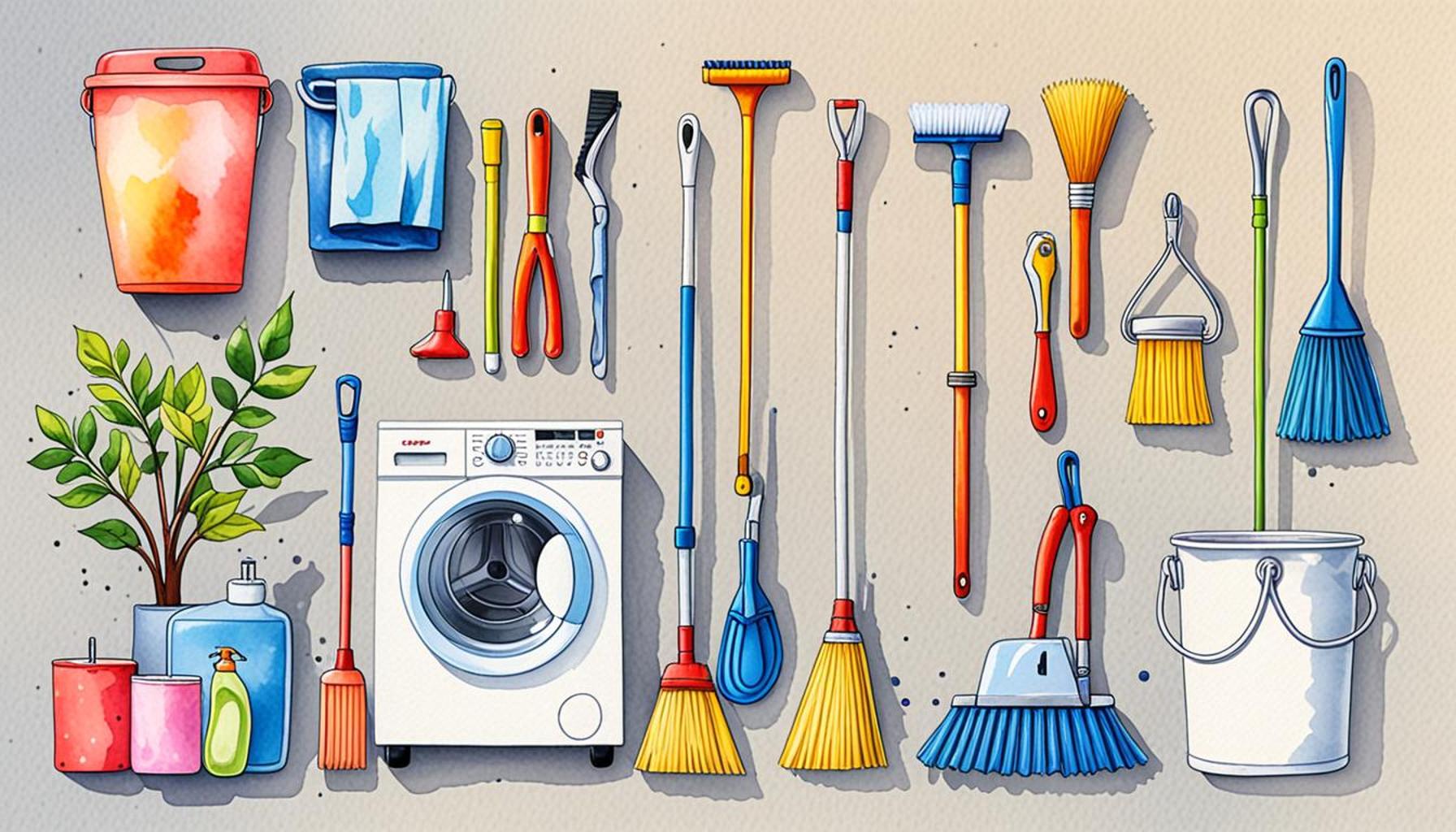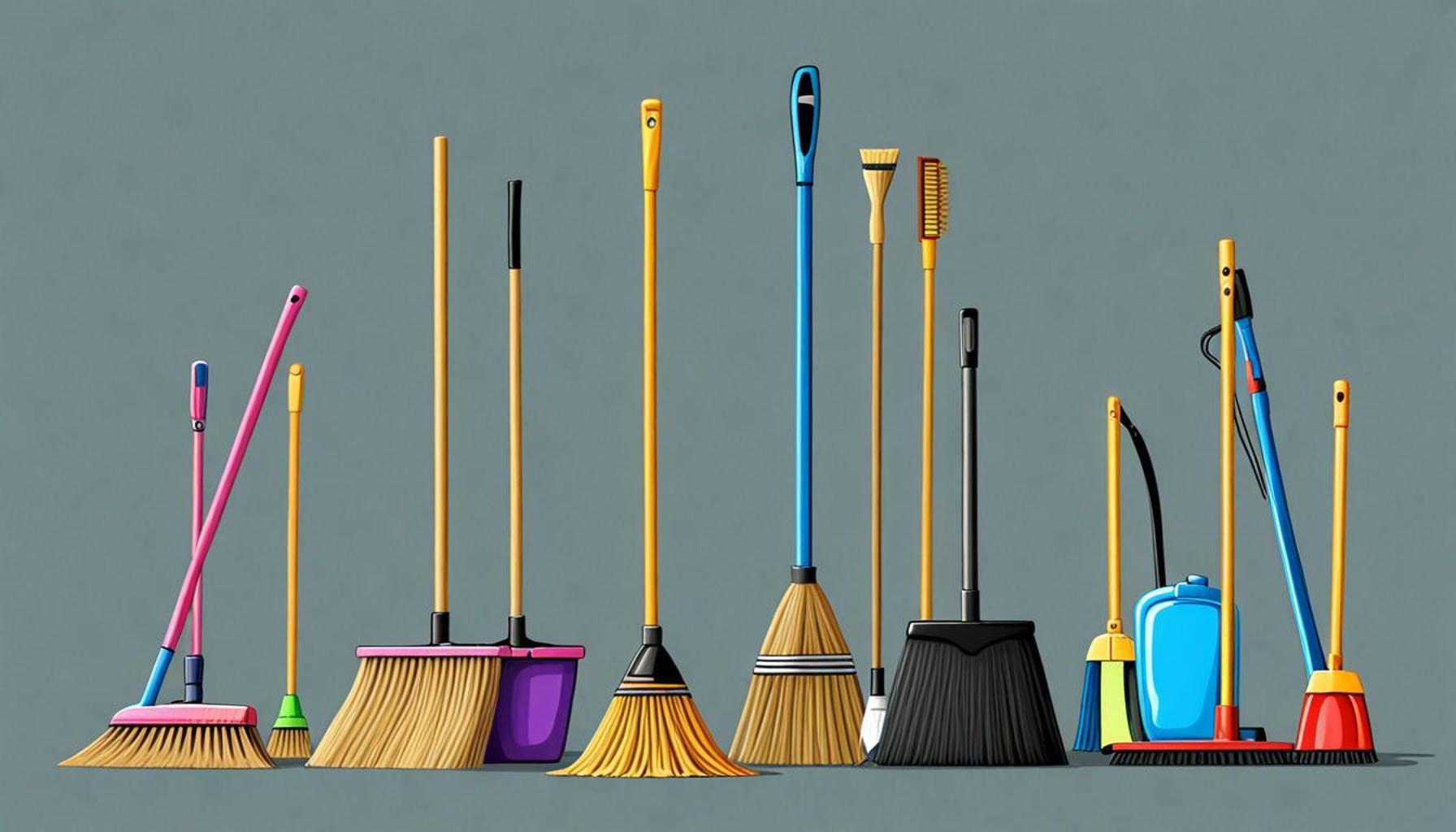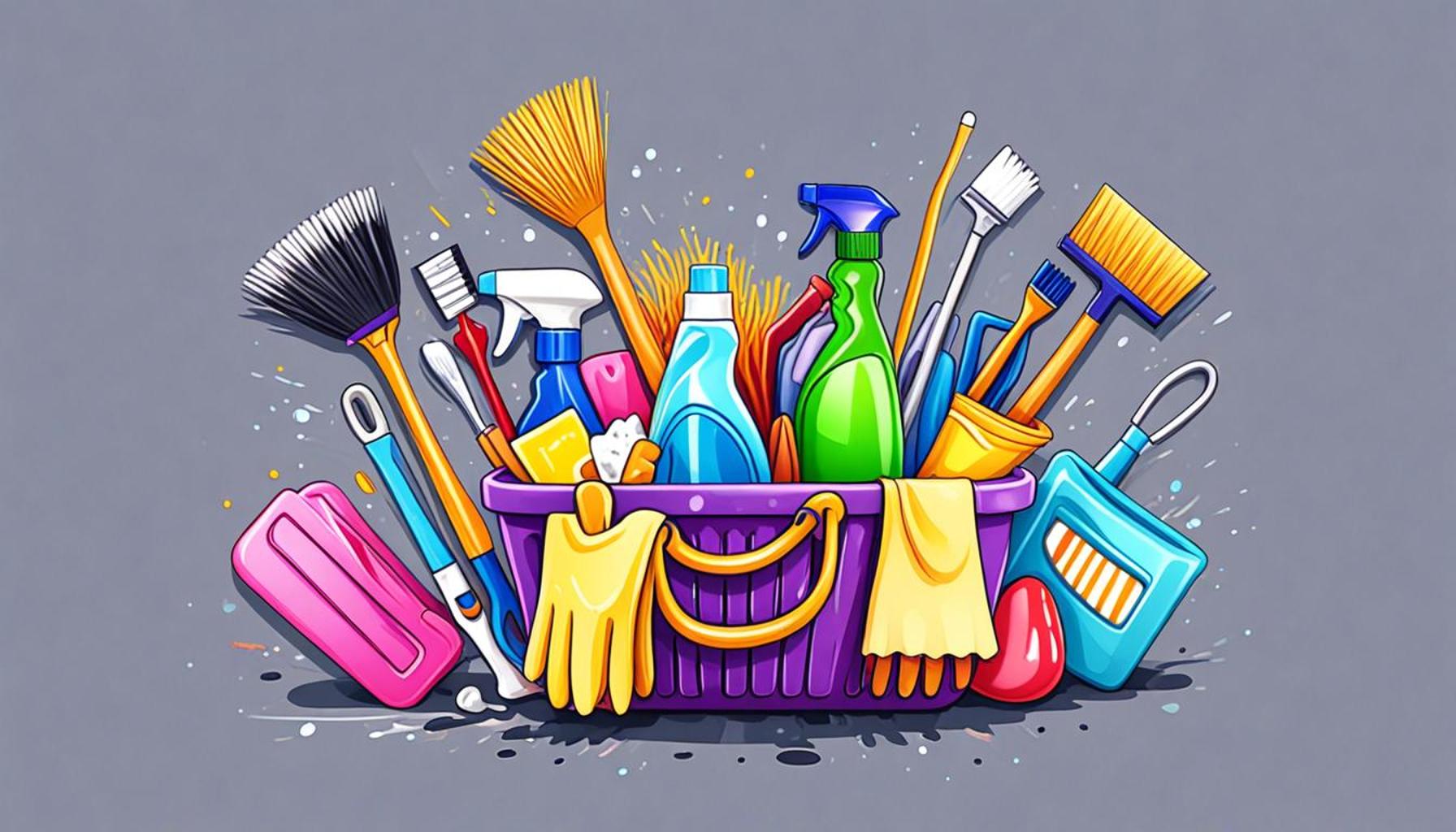The Psychology of Cleaning: How Tool Design Influences Motivation and Productivity
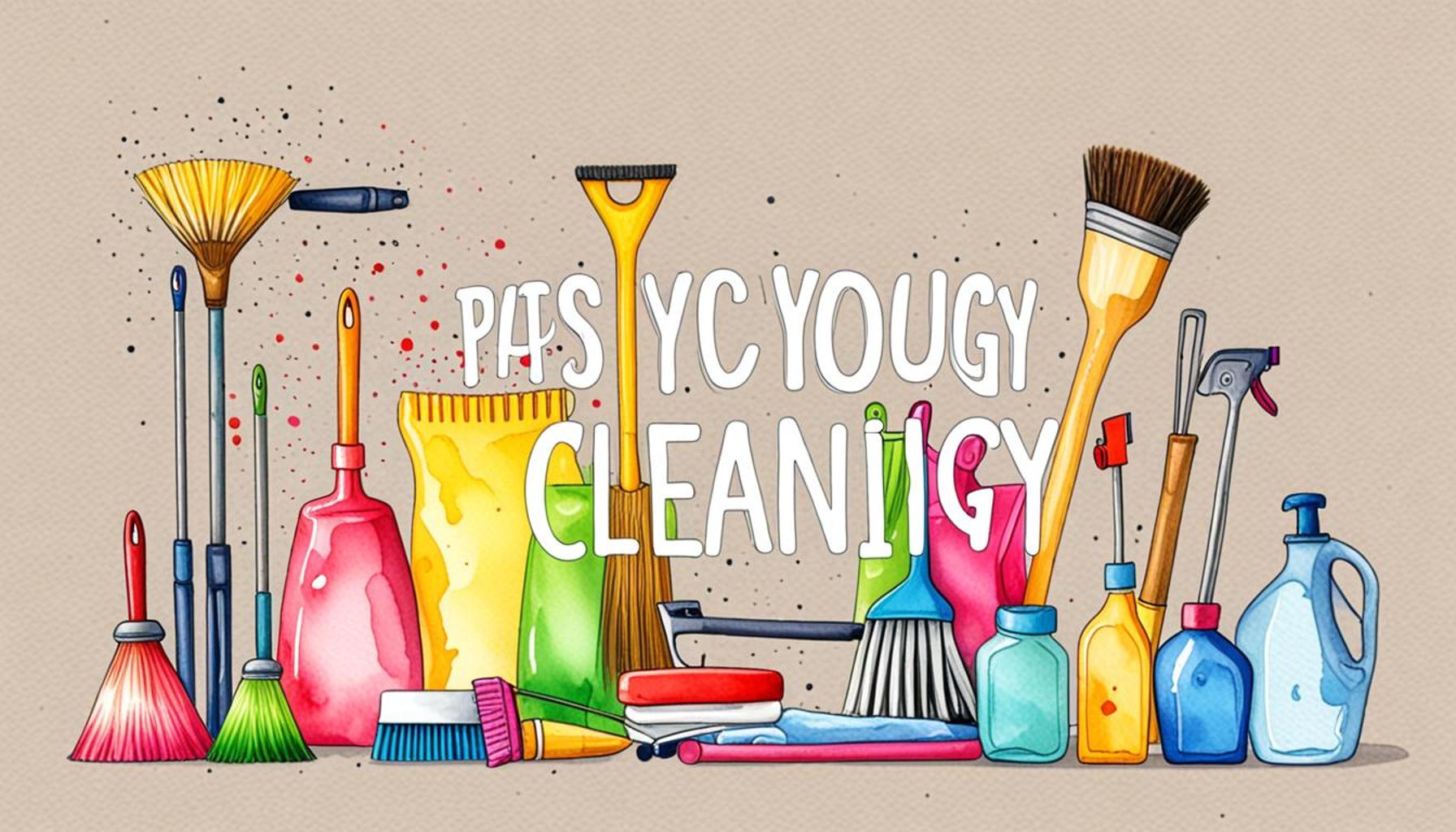
The Psychology Behind Cleaning Tools
Cleaning tasks are often met with ambivalence. For many, these chores are synonymous with dread or boredom; however, the design of cleaning tools can significantly alter our feelings and willingness to tackle such responsibilities. By delving into the psychology of cleaning, we can better understand how thoughtful tool design not only enhances the sense of ease during cleaning but can also make the experience feel more rewarding and enjoyable.
Key Factors Influencing Motivation
- Ergonomics: The importance of comfortable grips and a balanced design cannot be overstated. Cleaning tools designed with ergonomics in mind, such as lightweight vacuum cleaners with adjustable handles, reduce physical strain and fatigue. For example, brands like Dyson have focused on ergonomic designs that allow users to clean efficiently without discomfort.
- Visual Appeal: Aesthetics play a crucial role in our interactions with cleaning tools. Bright colors or sleek, modern designs can make cleaning more inviting. Some consumers find that tools like decorative brooms or stylish sponge holders not only serve a purpose but also add to the visual charm of their living spaces. This can encourage users to keep their tools visible rather than hidden away, promoting more frequent use.
- Functionality: Tools that excel in performance streamline the cleaning process, making chores less daunting. For instance, robot vacuums have revolutionized the cleaning landscape, allowing users to maintain clean floors effortlessly. Their efficient programming and integration with smart home devices elevate the cleaning experience.
When cleaning tools are designed with these elements in mind, users often engage more actively with their chores. Feeling physically comfortable and visually motivated can significantly impact how we perceive activities that we once viewed as mundane.
Emotional Response to Cleaning Tools
The emotional connections we form with our cleaning tools can greatly impact our approach to the task at hand. A cute, quirky cleaning tool can lead to:
- Increased Engagement: When users enjoy using their tools, they are likely to invest more energy into the cleaning process. For example, a person might find it easier to tackle chores if their cleaning supplies are colorful and fun, making the task feel less like a burden.
- Positive Associations: Engaging with delightful cleaning tools can lead to positive memories associated with cleaning, which may encourage repeat behaviors. Perhaps a family remembers using a cheerful mop during a group cleaning day, fostering a sense of teamwork and accomplishment that goes beyond mere tidiness.
Exploring the connection between tool design and cleaning psychology reveals a fascinating perspective—cleaning doesn’t have to be a monotonous task. Instead, with the right tools, individuals can transform what is traditionally seen as a chore into a fulfilling and productive experience. This paradigm shift invites us to rethink our approach to cleanliness, suggesting that investing in quality tools could ultimately enhance not just the efficiency of our cleaning endeavors but also our overall relationship with household maintenance.
DIVE DEEPER: Click here to learn more
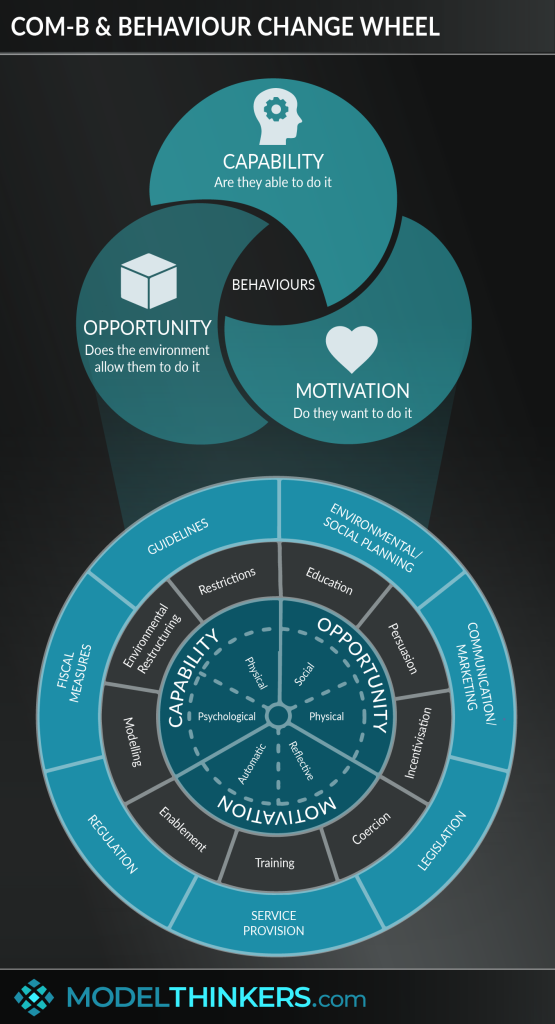
Understanding User Experience in Cleaning
As we explore the psychology of cleaning, it becomes increasingly apparent that user experience (UX) plays a substantial role in motivating individuals to engage with their cleaning tasks. The way we perceive and interact with cleaning tools can significantly affect both our productivity and emotional satisfaction during these chores. It’s not merely about aesthetics or functionality; the overall experience encompasses a range of sensory elements that can transform mundane tasks into more enjoyable activities.
How Sensory Design Enhances Motivation
Every interaction we have with a cleaning tool involves multiple senses, and research indicates that sensory design can dramatically influence motivation. Here’s how different sensory elements contribute to a more gratifying cleaning experience:
- Touch: The feel of a cleaning tool can dictate our willingness to use it. Tools that are soft to the touch or feature comfortable grips can enhance comfort, reducing mental resistance. For instance, a mop with a cushioned handle or a vacuum designed with a textured grip invites users to clean more often and for longer periods.
- Sound: The noises emitted by cleaning tools can also affect motivation. A vacuum that hums harmoniously might make the cleaning process feel less jarring compared to one that grates on the ears. Interestingly, some brands incorporate soothing tones when the device is in use, creating a calming atmosphere that promotes productivity.
- Smell: While often overlooked, the scent associated with cleaning products and tools can evoke specific emotions and memories. Tools designed to work synergistically with pleasant-smelling cleaning agents can create an aura of freshness that motivates users to maintain a clean space. For example, citrus-scented sprays used alongside microfiber cloths can invigorate the cleaning experience.
These sensory experiences interact harmoniously, promoting a comprehensive user experience that encourages individuals to embrace their cleaning tasks. For many, this can result in a shift in how they perceive tidying up, moving from an obligatory chore to an engaging and sometimes even therapeutic activity.
The Role of Personalization in Tool Design
Another compelling aspect of tool design that influences motivation is personalization. People are naturally inclined to engage more with products that reflect their individual preferences and styles. Cleaning tools that allow for customization can significantly enhance the cleaning experience, fostering a sense of ownership and pride.
- Color Choices: Tools that come in a variety of colors allow users to select options that resonate with their personal tastes or match their home decor. For example, a chic set of cleaning brushes in the same color palette as kitchen accessories not only serves a purpose but also complements the aesthetic of the home.
- Interchangeable Components: Some cleaning tools are designed with interchangeable parts, giving users the option to modify functionality based on their needs. This adaptability can make tidying up feel less monotonous as individuals can tailor their approach to different cleaning challenges.
Through personalization, cleaning tools become extensions of the user’s personality, creating a more intimate relationship with these essential household items. Understanding how tool design plays into personal engagement reveals critical insights about motivation, suggesting that a well-designed cleaning experience can significantly enhance individuals’ productivity and emotional response to household chores.
| Category | Advantages |
|---|---|
| Ergonomic Design | Reduces physical strain, allowing users to work longer with less fatigue, thus boosting productivity. |
| Aesthetic Appeal | Visually pleasing tools can enhance motivation, as a well-designed environment encourages more regular cleaning habits. |
In examining the psychology of cleaning, it becomes evident that the tools we use significantly impact our motivation and productivity levels. Ergonomically designed cleaning tools not only alleviate excessive physical stress but also contribute to improved efficiency during repetitive tasks. These tools facilitate movement, making cleaning a more pleasant experience rather than a dreaded chore.Additionally, the aesthetic appeal of cleaning tools plays a pivotal role in user engagement. An appealing cleaning environment fosters a positive mindset, often resulting in more frequent cleaning sessions. Tools that are visually appealing not only stand out but also encourage individuals to utilize them more regularly. This connection between design and motivational psychology underlines the importance of investing in high-quality, well-designed cleaning tools to enhance both productivity and overall job satisfaction.The intersection of ergonomics and aesthetics may ultimately reshape our approach to cleaning, making it a more enjoyable and fulfilling task. As we continue exploring these dimensions, we can unlock even greater insights into how meticulous design choices can serve as a catalyst for motivation and efficiency in our daily lives.
LEARN MORE: Click here for tips on involving your family in a cleaning schedule</a
The Impact of Ergonomics on Cleaning Efficiency
When discussing the psychology of cleaning, it becomes evident that the ergonomic design of cleaning tools plays a crucial role in enhancing productivity and motivation. Tools that are designed with the user’s comfort and body mechanics in mind can make a significant difference in the overall cleaning experience. Research indicates that ergonomic improvements can reduce physical strain and fatigue, making users more inclined to complete their cleaning tasks.
Ergonomic Features That Matter
Several key ergonomic features have a marked impact on how users interact with cleaning tools:
- Weight Distribution: Cleaning tools that are lighter and feature balanced weight distribution enable users to clean for extended periods without experiencing discomfort. For example, a lightweight vacuum cleaner designed with even weight distribution can be maneuvered easily, allowing users to reach every corner without feeling fatigued.
- Adjustable Handles: Tools equipped with adjustable handles can accommodate users of varying heights, promoting better posture and reducing the risk of injury. For instance, mops with telescoping handles can be extended or shortened, ensuring that users can clean without straining their backs.
- Multi-Functional Design: Tools that combine several functions into one piece of equipment can streamlining the cleaning process. A versatile cleaning tool that can switch between a broom, mop, and dustpan not only conserves space but enhances productivity by eliminating the need to constantly change tools.
By incorporating these ergonomic features, cleaning tools can help users maintain a healthier posture and increase their overall efficiency, ultimately leading to a more positive and motivated cleaning experience.
Psychological Effects of Color and Aesthetics
Another fascinating aspect of cleaning tool design is the psychological impact of color and aesthetics. Colors evoke emotions and can significantly influence motivation levels during cleaning tasks. For example, bright colors are often associated with energy and positivity, which can foster an enthusiastic approach to cleaning.
- Warm Colors: Shades such as red, orange, and yellow are known to create feelings of warmth and excitement. A cleaning tool adorned in sunny hues may inspire a sense of urgency and enthusiasm, encouraging users to tackle their cleaning chores promptly.
- Cool Colors: Conversely, cool colors such as blue and green can promote calmness and serenity. These colors might be particularly effective in creating a pleasant atmosphere in spaces intended for relaxation, motivating users to maintain cleanliness in those environments.
- Minimalist Design: Aesthetically pleasing tools that embrace minimalist design can also evoke a sense of tranquility, making the cleaning experience less daunting. Tools are accessories in the home rather than mere implements, reducing the mental burden associated with cleaning.
Overall, by leveraging the principles of color psychology and aesthetics, tool manufacturers can design cleaning products that resonate with users on a deeper level, making cleaning less of a chore and more of an enjoyable activity.
Technology Integration in Cleaning Tools
In today’s tech-savvy world, integrating technology into cleaning tools dramatically influences motivation and productivity. Smart cleaning devices equipped with innovative features can encourage users to engage with their cleaning routines more effectively.
- Smart Sensors: Cleaning tools with smart sensors that detect dirt levels can automate cleaning processes and provide real-time feedback. This not only enhances efficiency by targeting dirty areas but also gives users a sense of satisfaction when they see their cleaning efforts yield visible results.
- App Connectivity: Many modern cleaning devices can connect to mobile applications, allowing users to schedule tasks, monitor progress, and receive notifications. This connectivity can motivate individuals to maintain a cleaning schedule, effectively gamifying the cleaning process.
- Robotic Cleaners: The rise of robotic vacuums and mops has revolutionized home cleaning. These devices can be programmed to clean autonomously, freeing users to focus on other tasks or enjoy leisure activities. Their convenience can encourage a culture of cleanliness without placing the burden of manual labor on users.
By understanding the psychological influences of ergonomics, color, aesthetics, and technology on cleaning tools, we gain insight into how thoughtful design can promote motivation and productivity in our everyday cleaning routines. As we continue to explore these connections, the importance of the psychology of cleaning becomes ever more evident, guiding both consumers and manufacturers toward a more fulfilling cleaning experience.
DISCOVER MORE: Click here for tips on maximizing your cleaning time
Conclusion: The Transformative Effect of Tool Design on Cleaning Psychology
In examining the psychology of cleaning, we uncover a compelling narrative about how the design of cleaning tools can profoundly influence both motivation and productivity. From the ergonomic features that support user comfort to the vibrant colors that shape emotional responses, it is clear that every aspect of tool design plays a significant role in enhancing the cleaning experience. By prioritizing elements such as weight distribution, adjustable handles, and multi-functional capabilities, manufacturers not only foster a healthier cleaning environment but also encourage individuals to engage more willingly with their cleaning tasks.
Moreover, the psychological impact of color and aesthetic choices can’t be understated. The strategic use of warm or cool colors can make cleaning feel less like a chore and more like a motivating activity, transforming the mental landscape associated with housework. This emotional connection is further enhanced by the integration of technology in modern cleaning tools. Innovations like smart sensors and app connectivity add a layer of interactivity that further entices users to embrace their cleaning routines.
Ultimately, understanding how design influences the psychology of cleaning opens up new avenues for both consumers and manufacturers. By embracing these design principles, we can create tools that not only optimize efficiency but also make the act of cleaning more enjoyable, leading to a cleaner, more organized living space. So, as we reflect on our relationship with cleaning, let us recognize the potential that well-designed tools have to elevate our motivation and productivity, creating a more harmonious balance in our daily lives.
